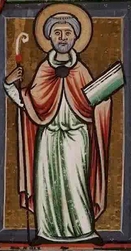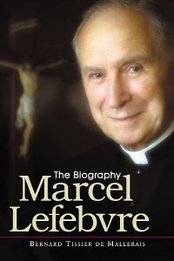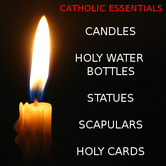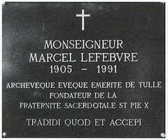
Their studies were sanctified by an eminent spirit of mortification and prayer, and by being referred to the same end to which these holy men directed all their actions. St. Omer being made bishop of Tarvanna, the ancient metropolis of the Morini, in Artois, about the year 637, laboured with wonderful success in cultivating a vineyard which had long lain wild. The abbot of Luxeu, understanding how much he stood in need of assistants endowed with the spirit of apostles, sent to him, about the year 639, St. Bertin, St. Mommolin, and Ebertran. The country of the Morini had formerly received the seed of divine faith, but only superficially and imperfectly, and had then for almost a whole century been as it were an abandoned field. Incredible were the fatigues, persecutions, and sufferings of these holy men in rooting out vice and idolatry, and in civilizing a people who were at that time in a great measure barbarians. Powerful in words and works, they reaped, by the divine blessing, a most abundant harvest. St. Mommolin, St. Bertin, and Ebartran, built their first small monastery on a hill on the banks of the river Aa, a league from Sithiu, being half way to Watten. This church is still a place of great devotion, and is still called St. Mommolin’s or the Old Monastery. This place being very narrow, confined by the river and marshy grounds, soon grew too narrow for the numbers that flocked thither to take the religious habit. Whereupon the holy founders, mounting the river in a boat, came a league higher, to the place where now St. Bertin’s monastery stands. The ground, which was part of the estate of Sithiu, St. Omer bestowed on them, being larger than St. Mommolin’s-hill, and then encompassed with marshes. St. Mommolin was the first abbot both of the Old Monastery and afterwards of St. Peter’s (now St. Bertin’s) in Sithiu. But upon the death of St. Acharius, bishop of Noyon, St. Mommolin was chosen to fill that see about the year 659, and, taking with him Ebertran, appointed him abbot of St. Quintin’s. St. Bertin who had formerly declined that dignity, was left abbot of Sithiu. Under the government of our saint the reputation of this monastery (first dedicated in honour of St. Peter, but now from him called St. Bertin’s) seemed to equal, if not to surpass, that of Luxeu. Rigorous abstinence and fasting was one of the first articles of the discipline established in this house; the subsistence of one hundred and fifty monks who were here assembled, consisted chiefly of roots, herbs, bread and water. Their prayer was almost continual; and they were taught to sanctify by it all their exterior employments; the singing of the divine praises was never interrupted in their choir either day or night, the monks therein succeeding each other in different companies; the most painful labour never excused any from this duty, or from any part of their nocturnal watchings. The number of the monks increasing, St. Bertin obtained of St. Omer the church of our Lady, which the bishop had built on a hill at a little distance from the first monastery; this second abbey was called New Sithiu. When the bishopric was erected at St. Omer, this church, dedicated to God under the patronage of our Lady, was made the cathedral.
St. Bertin had the comfort to see his monastery flourish with illustrious examples of penance and monastic regularity, rivalling those which had formerly edified the world in the deserts of Egypt. Many noblemen renounced the world to pass their life under his direction in the fervent exercises of holy contemplation and penance. Whatever donations were made to the monastery, they were only received by Bertin as the patrimony of the poor, to whose relief he faithfully applied the greater part of the revenue of his house, very little sufficing for the abstemious maintenance of the monks. A certain rich lord called Heremar, having given him his estate of Warmhoult, on the river Peen, the saint erected in it another monastery, the church of which he caused to be dedicated under the patronage of St. Martin; and St. Winoc was appointed by him the first abbot in 695. St. Bertin, finding himself sinking under the weight of decrepit old age, resigned his dignity in the year 700 in favour of a beloved disciple, whose name was Rigobert, that he might have the advantage and pleasure of closing his life in the humble state of obedience and dependence. From that time he shut himself up in a little hermitage dedicated to the Blessed Virgin, near the cemetery of his monks, in which place he passed the nights and days in almost perpetual prayer, observing all the exercises of regular discipline with the fidelity and humility of the most fervent novice. Having always a singular devotion for St. Martin, he got Rigobert who succeeded him in the government of the abbey, to erect a chapel under the invocation of that saint in the most honourable part of the church. The modern authors of the life of St. Bertin say that he died at the age of one hundred and twelve, on the 5th of September, 709. He was buried in the chapel of St. Martin which Rigobert had built by his directions, though it was not completely finished till after his death. His relics are exposed in a silver shrine, enriched with gold and precious stones.




